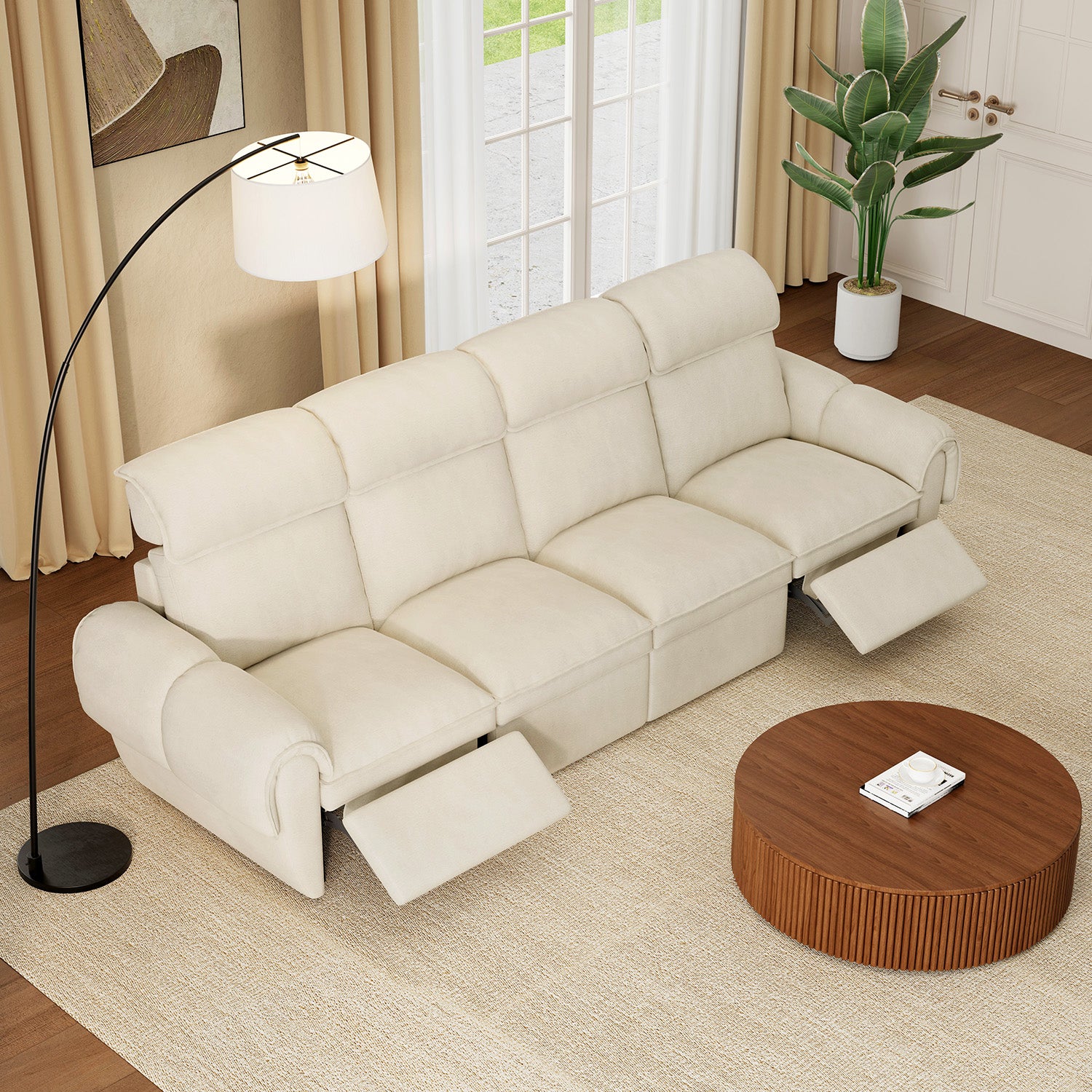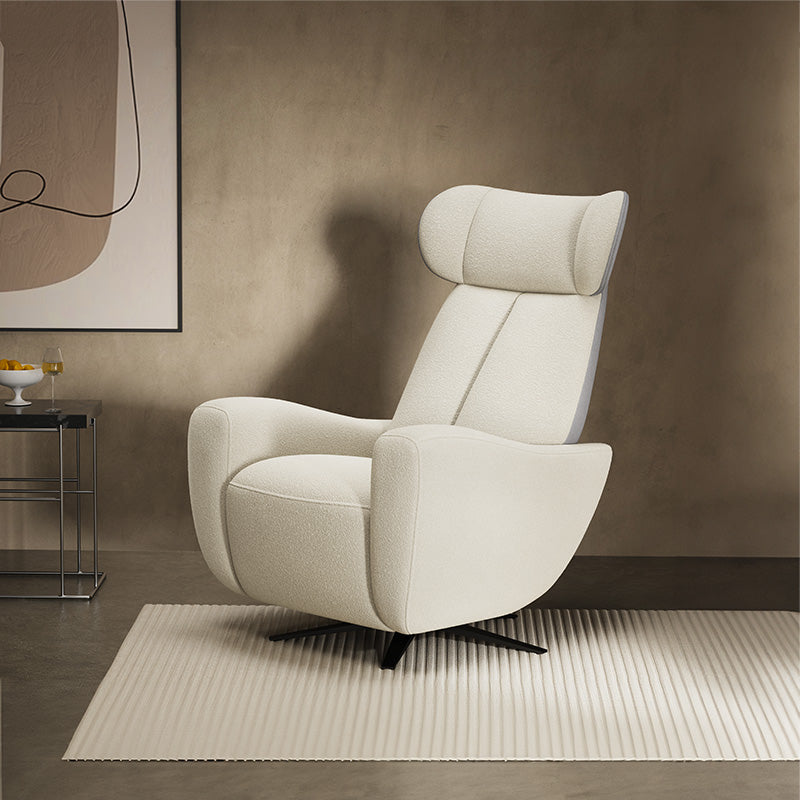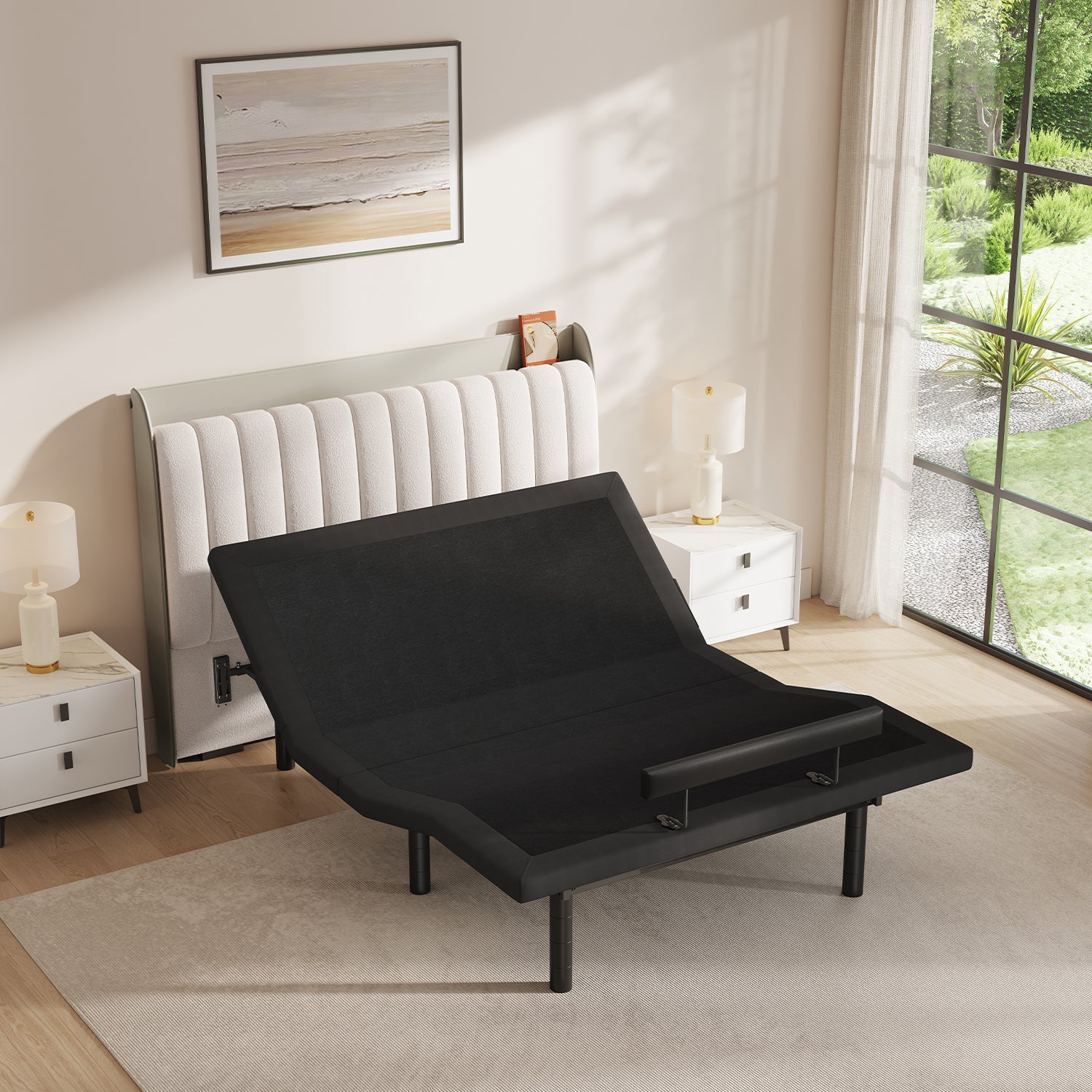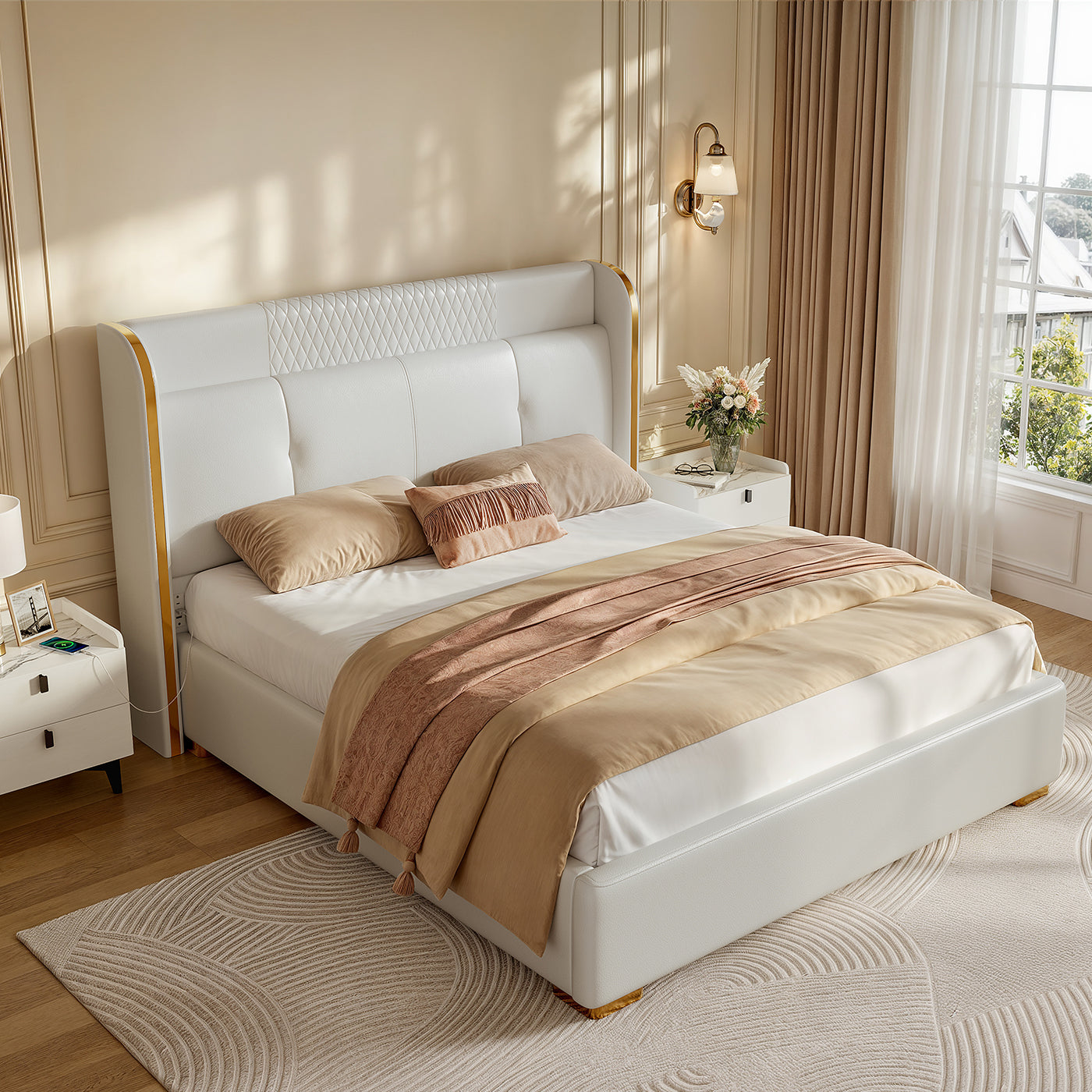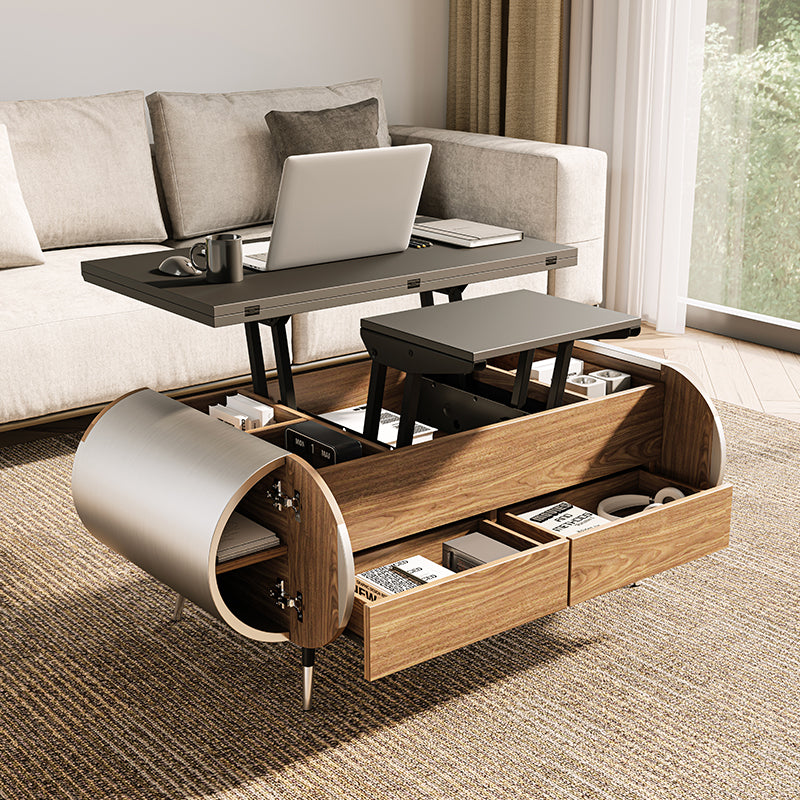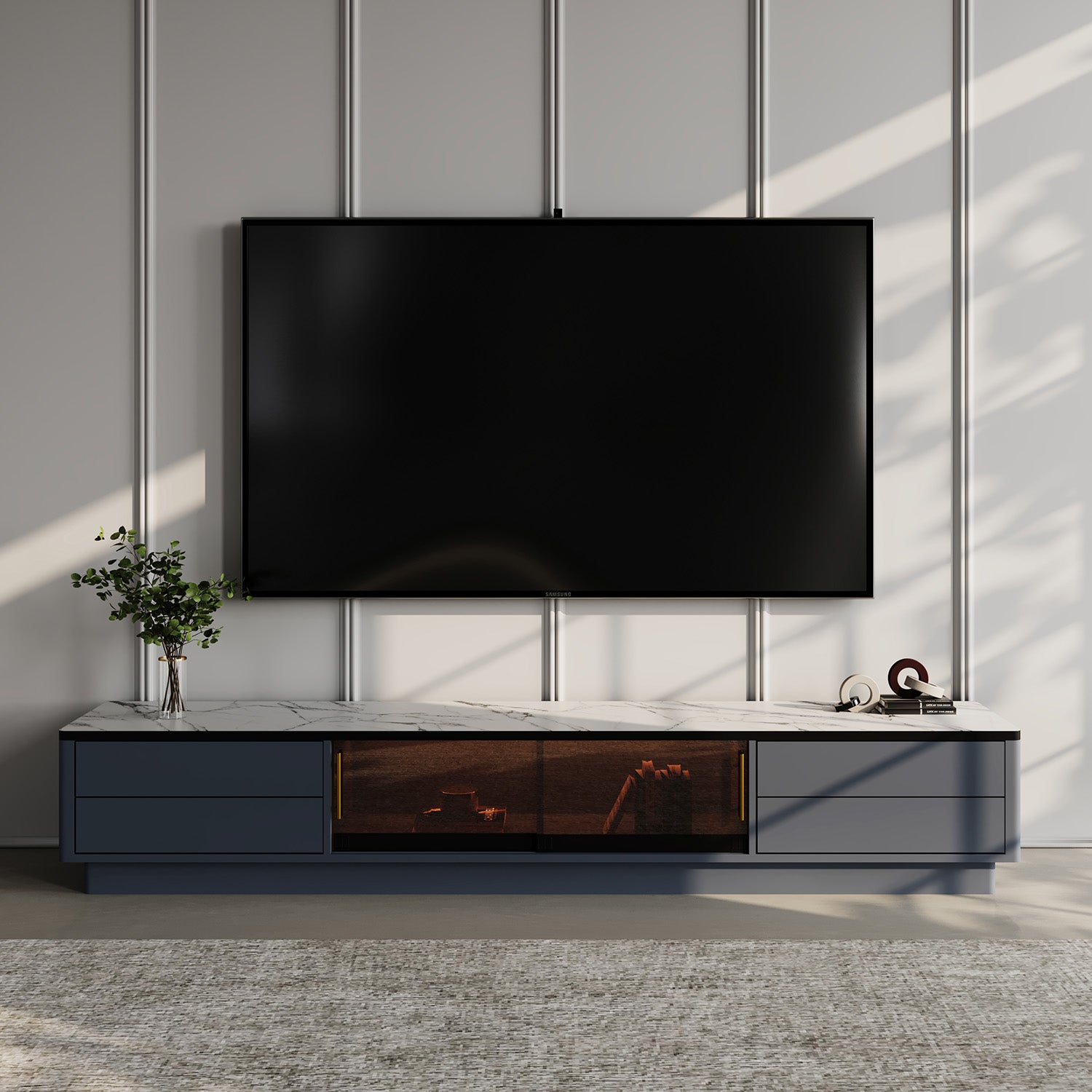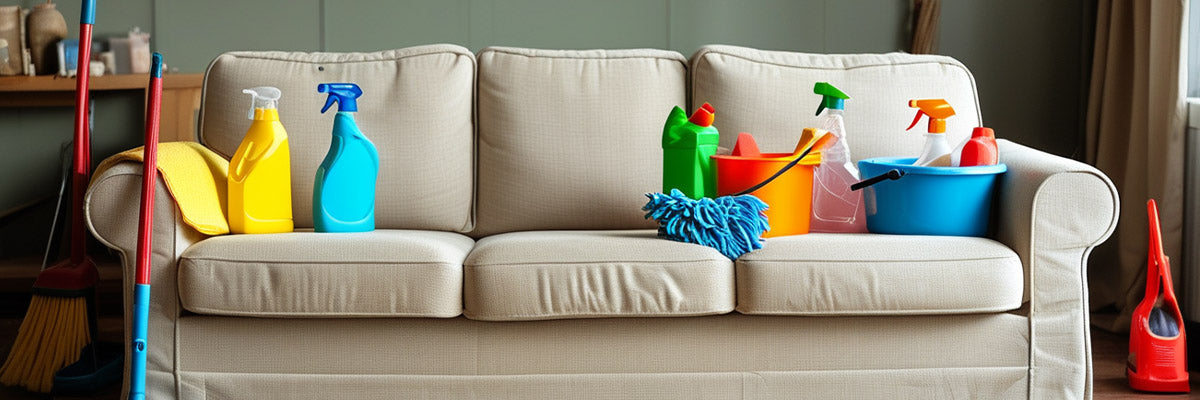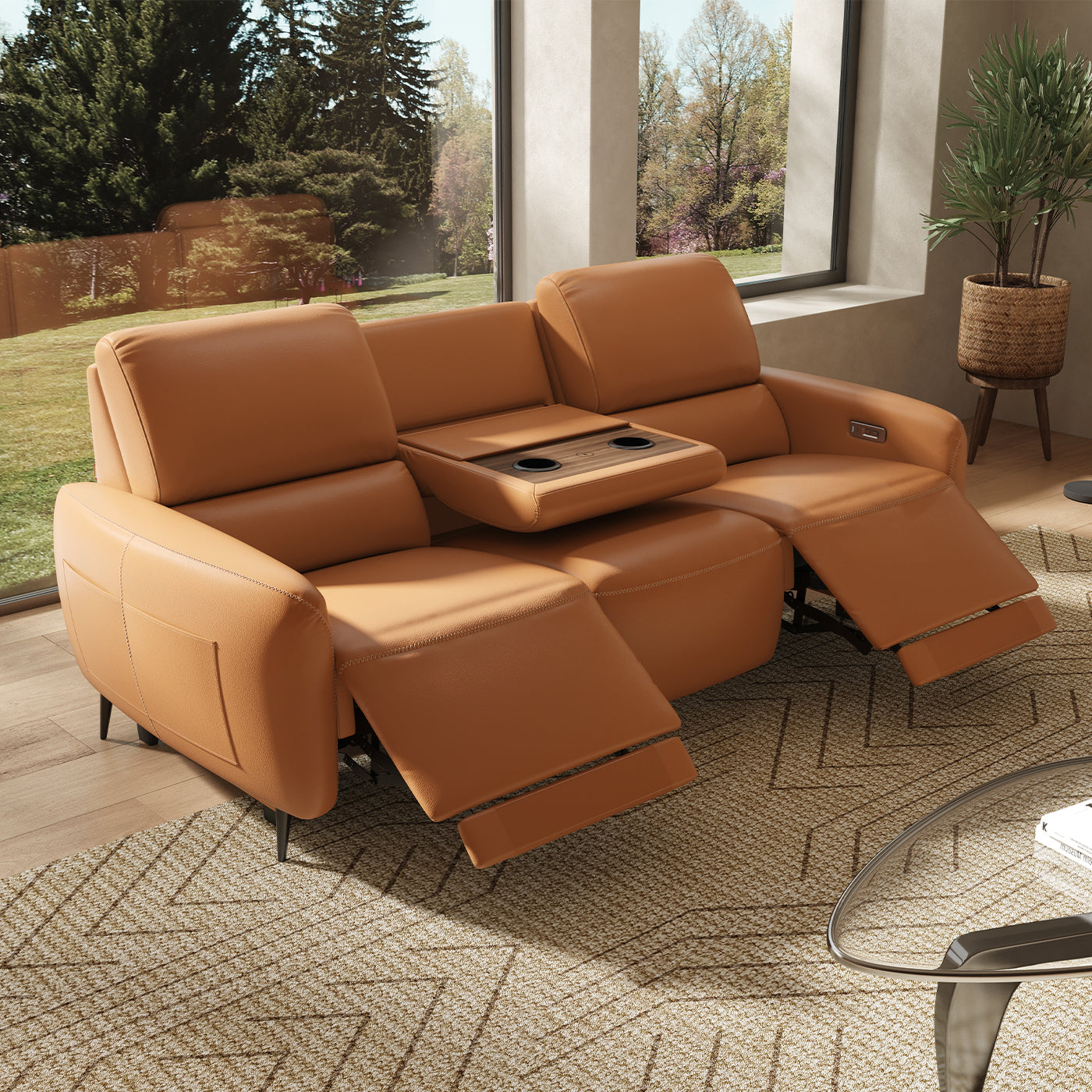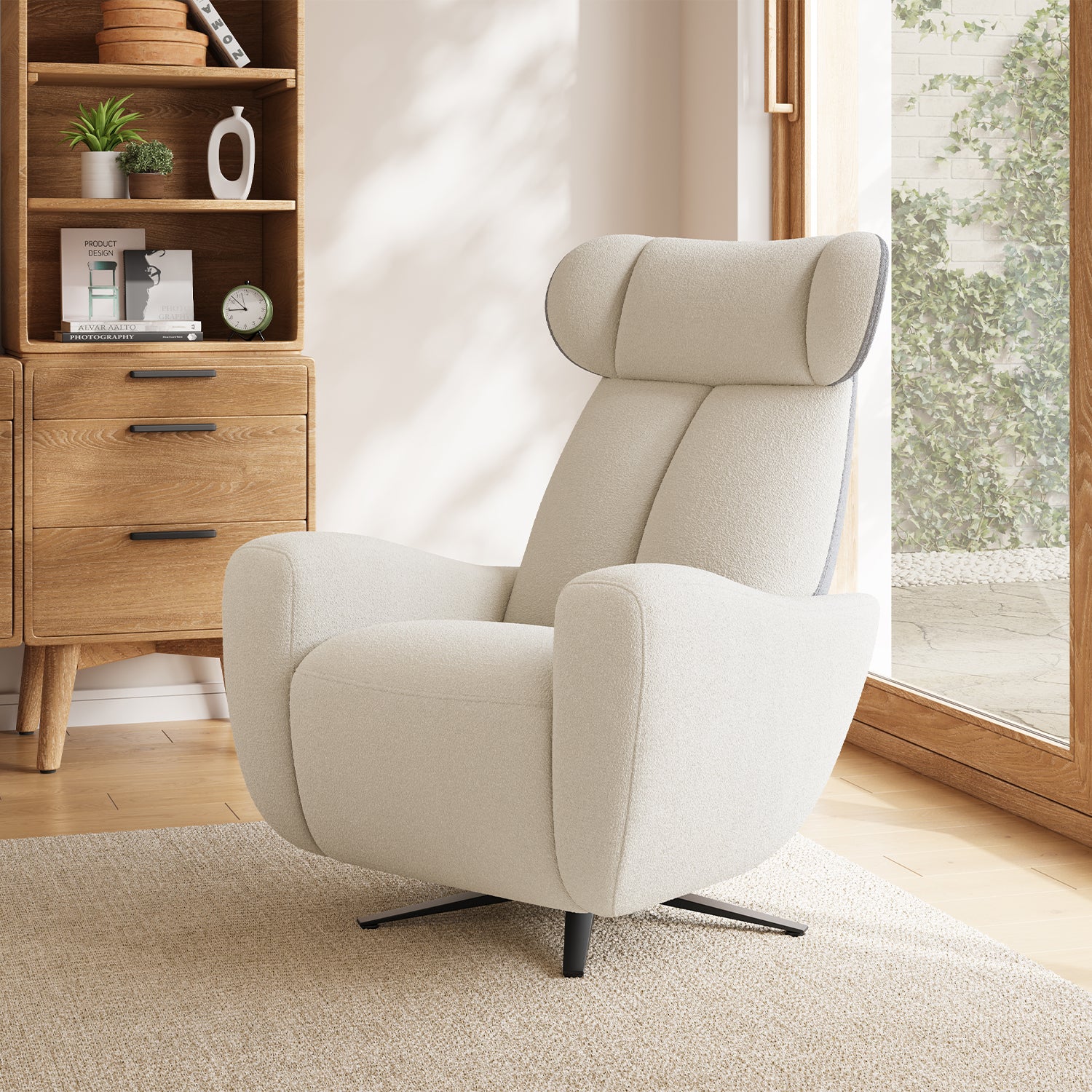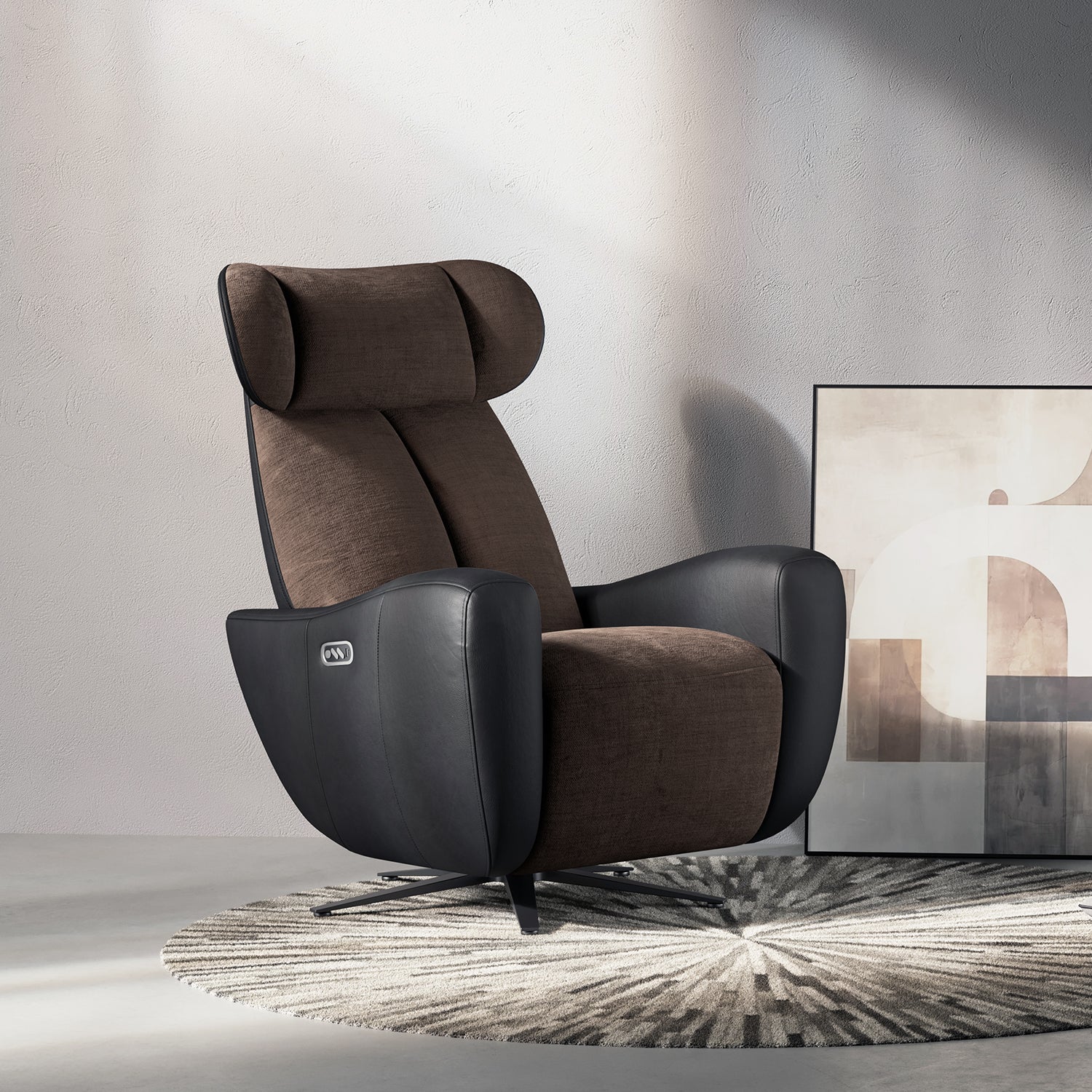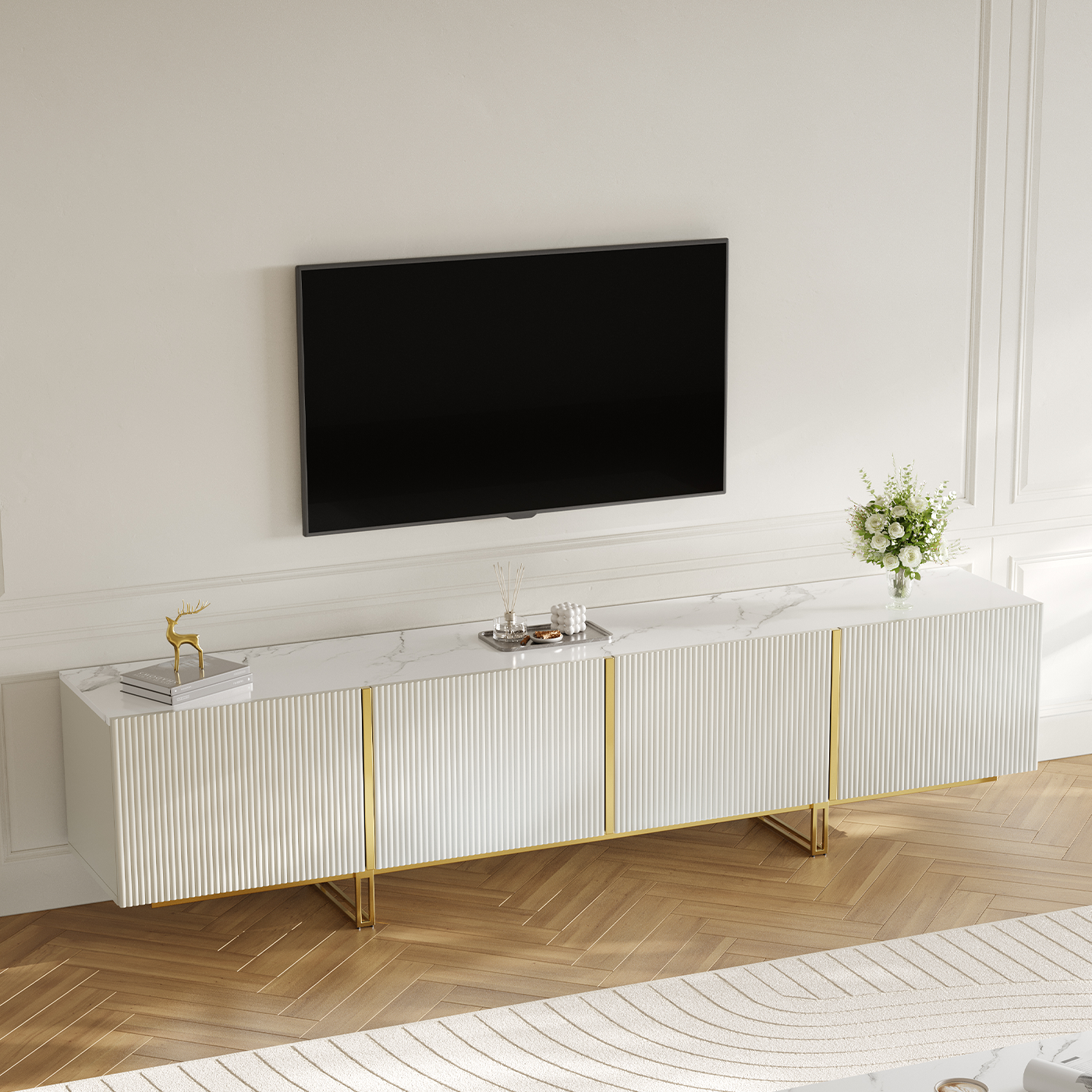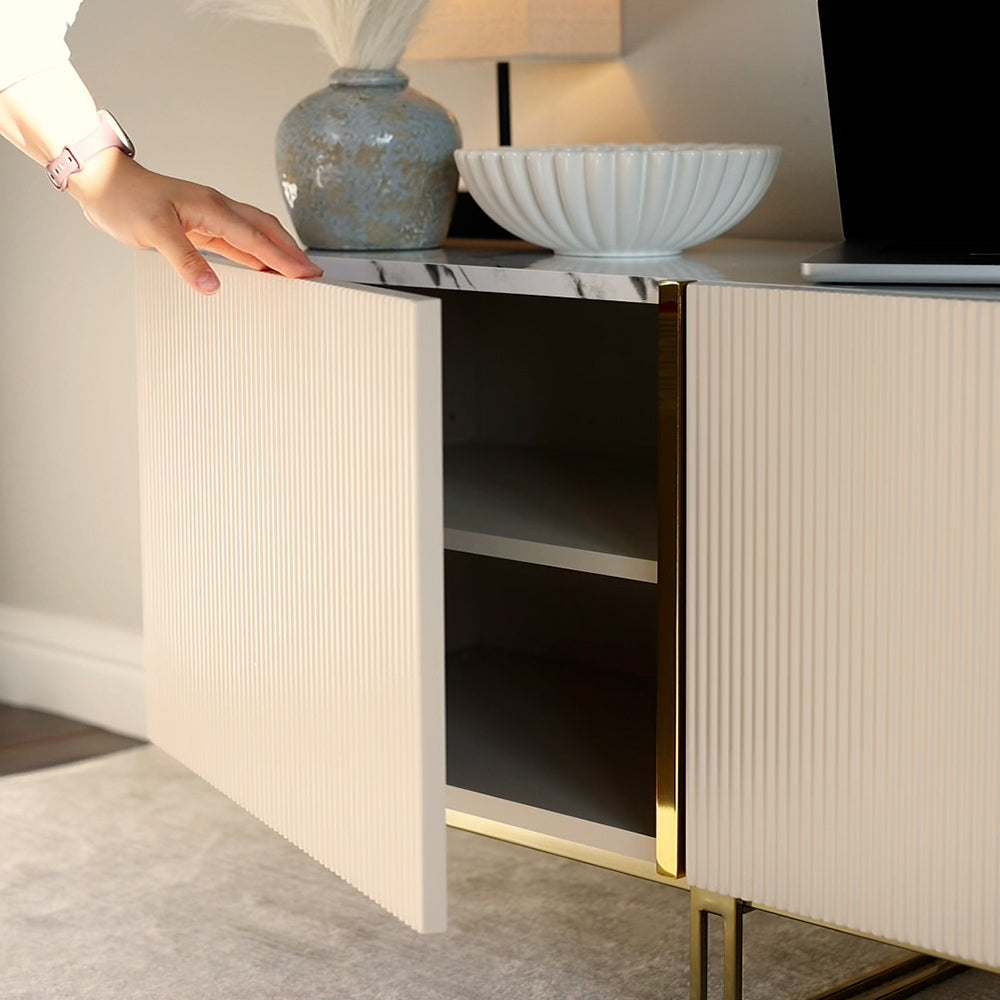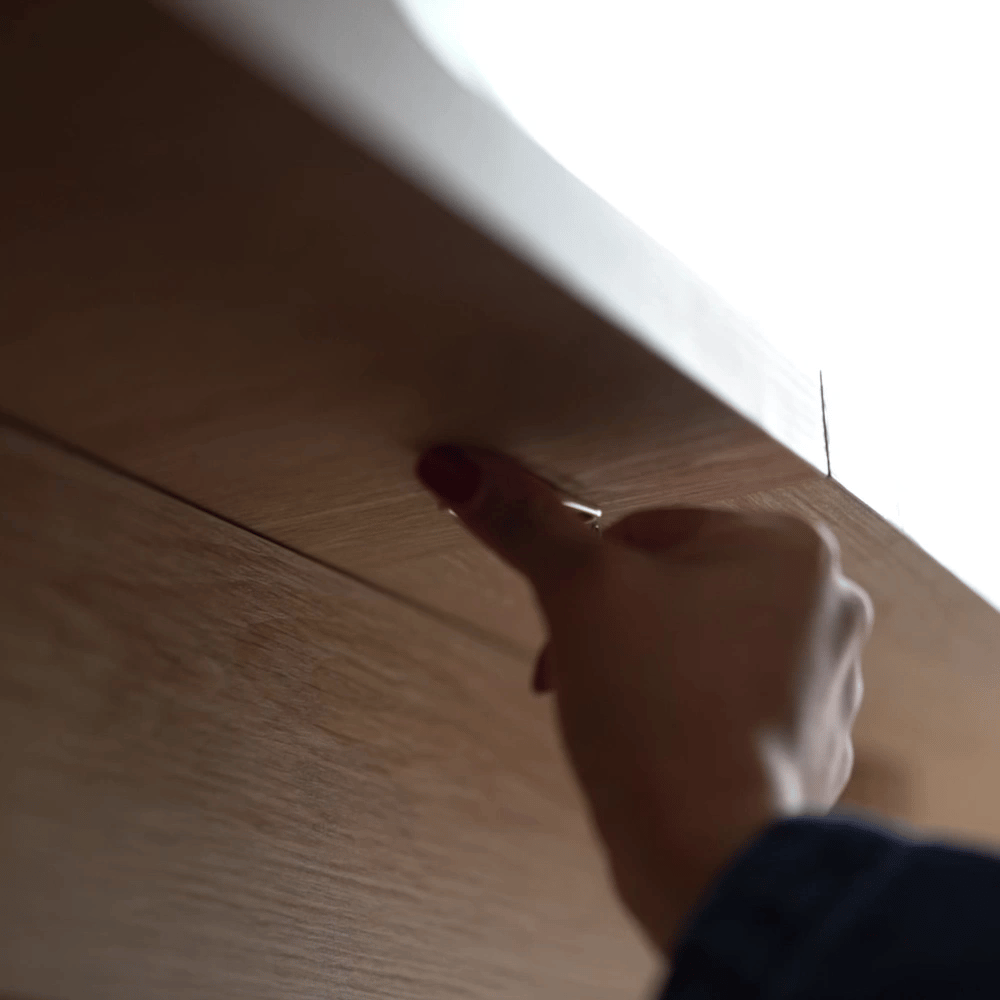Couches are a central part of our living spaces, providing comfort and relaxation. However, with frequent use, they inevitably accumulate dirt, stains, and odors. Whether it’s from spilled drinks, crumbs, pet hair, or general wear and tear, your couch can quickly lose its fresh appearance. Knowing the right cleaning tools and methods for your couch material is crucial to maintaining its look and extending its lifespan.
Table of Content
1. Vacuum Cleaner
A vacuum cleaner is one of the most basic and essential tools when it comes to cleaning your couch. Dirt, dust, and crumbs can accumulate in the crevices and seams of your couch, especially if it’s in a high-traffic area. Regular vacuuming helps prevent debris buildup and keeps the surface fresh.
- How to Use:
Use a vacuum cleaner with a hose attachment or a handheld vacuum to reach all corners of the couch. Focus on the creases between cushions and along the edges. If your couch has removable cushions, take them off to vacuum both the front and back.
- Tip:
For pet owners, a vacuum with a pet hair attachment can be especially useful for removing hair from fabric or upholstery.

2. Fabric Upholstery Cleaner
If your couch is made of fabric—such as cotton, linen, or polyester—a fabric upholstery cleaner is one of the best products you can use. Upholstery cleaners are specifically designed to lift stains and dirt without damaging the fabric.
- How to Use:
First, vacuum the couch thoroughly. Then, spray the cleaner evenly across the surface, focusing on areas with visible stains. Allow the product to sit for a few minutes, then blot gently with a clean cloth to lift stains. Be sure to follow the manufacturer’s instructions for the best results.
- Tip:
Always test a small, inconspicuous area before applying a fabric cleaner to the entire couch to ensure the cleaner doesn’t discolor or damage the fabric.
3. Baking Soda
Baking soda is a versatile and natural cleaning product that can help freshen up your couch by neutralizing odors and lifting light stains. It’s also safe to use on most fabrics, making it an excellent choice for routine cleaning.
- How to Use:
Sprinkle a generous amount of baking soda across the couch’s fabric, focusing on areas that may have odors or stains. Let it sit for 15–20 minutes to allow the baking soda to absorb moisture and odors. Afterward, vacuum the baking soda off using a hose attachment or a handheld vacuum.
- Tip:
Baking soda is particularly useful for pet owners, as it can neutralize pet odors and freshen up the couch without using harsh chemicals.
4. Rubbing Alcohol
Rubbing alcohol is a great option for cleaning stubborn stains on microfiber couches, which are sensitive to moisture. It evaporates quickly, preventing water spots or damage to the fabric. It’s especially useful for removing ink stains, grease, and food spills.
- How to Use:
Pour some rubbing alcohol into a spray bottle and lightly mist the stained area. Use a soft-bristled brush to gently scrub the spot, working in circular motions. You can also blot the area with a clean cloth to lift the stain. Let the alcohol dry, and then use a vacuum or brush to restore the fabric’s texture.
- Tip:
Test the rubbing alcohol on a hidden spot before using it on the visible areas of your couch to ensure it doesn’t discolor or damage the fabric.
5. Steam Cleaner
For a deep clean, a steam cleaner is an effective tool for sanitizing your couch and removing stubborn dirt, stains, and odors. Steam cleaning uses heat and moisture to lift grime without harsh chemicals, making it ideal for sensitive materials like upholstery.
- How to Use:
First, vacuum the couch to remove loose dirt. Then, follow the instructions on your steam cleaner to clean the fabric. Generally, you will use the steam nozzle to go over the surface of the couch, focusing on stained or heavily soiled areas. Allow the couch to dry fully before sitting on it.
- Tip:
Be cautious when using steam on delicate fabrics like velvet, as excessive moisture can cause watermarks or damage the material.
6. Leather Cleaner and Conditioner

Leather couches are a luxurious addition to any living space but require specific care to maintain their beauty and softness. Regular cleaning is essential to prevent dirt buildup and cracking, but it’s important to use the right products to protect the leather’s integrity.
- How to Use:
Start by vacuuming the couch to remove dust and debris. Then, apply a leather cleaner specifically designed for upholstery. Use a soft cloth to gently clean the surface in circular motions. Afterward, apply a leather conditioner to keep the material supple and prevent it from drying out.
- Tip:
Avoid using harsh chemicals, such as household cleaners or wax-based products, which can damage leather. Regular conditioning is essential to maintain the couch’s texture and color.
7. Pet Hair Removal Tools
If you have pets, pet hair can be a persistent problem on your couch. Luckily, there are several tools designed specifically for removing pet hair from fabric and upholstery.
- How to Use:
Pet hair removal tools range from sticky lint rollers to rubber brushes or specialized vacuum attachments. A lint roller is a quick and easy solution for removing hair, while a rubber brush can be used to loosen and lift hair embedded in fabric. For larger areas, a vacuum with a pet hair attachment can be more effective.
- Tip:
Consider using a fabric softener sheet on your couch to reduce static and prevent pet hair from clinging to the fabric.
8. Towels and Cloths
Soft, absorbent cloths or microfiber towels are invaluable when it comes to cleaning your couch. They can be used for blotting up spills, wiping down surfaces, and applying cleaning products.
- How to Use:
Always use a clean, dry cloth to blot up any spills or excess moisture. For stains, use a slightly damp cloth to apply your cleaning solution to the affected area, but avoid soaking the fabric. Always finish by drying the area with a clean towel.
- Tip:
Microfiber towels are particularly effective because they trap dirt and moisture without leaving behind lint or fibers.
Conclusion
Knowing what to use to clean a couch—and understanding which products and tools are best suited for your couch material—can help keep your furniture looking fresh, inviting, and hygienic. Regular maintenance with vacuuming, occasional spot cleaning with the right cleaners, and deeper cleans with tools like a steam cleaner or rubbing alcohol will ensure your couch stays in top condition for years to come. Whether your couch is upholstered in fabric, microfiber, or leather, the right care can make a significant difference in its appearance and longevity.
If you want to buy our home furniture or couch for living room, you can check out more on our store



